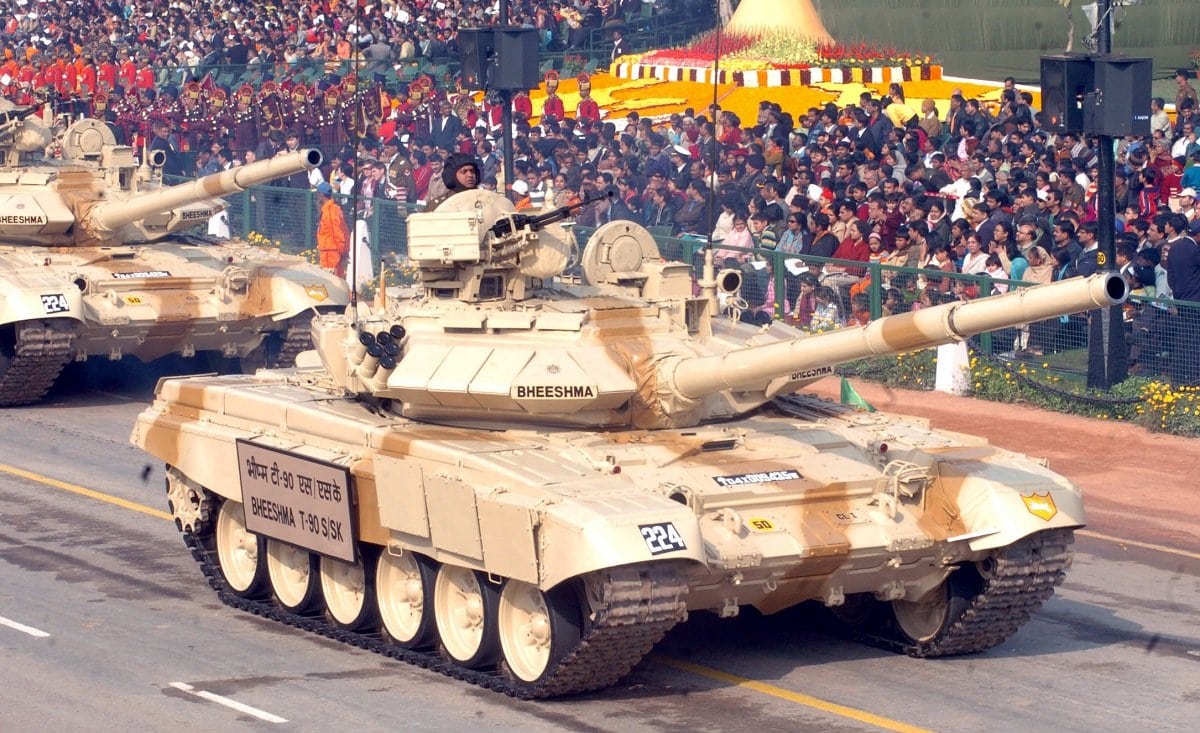Russia remains the world’s second-largest arms exporter in the world after the United States, according to data from the Stockholm International Peace Research Institute (SIPRI). However, Moscow has seen its sales decline over the past five years. China, India, and many other nations that were once buyers of Russian military hardware – dating back to the Soviet era – have bolstered their own domestic arms industries.
One nation that could likely remain a loyal customer of Russian hardware is Iran, and last Tuesday Tass reported that the Islamic Republic has expressed interest in obtaining various types of Russian Weapons.
“We have long-standing relations with Iran,” Head of Russia’s Federal Service for Military and Technical Cooperation Dmitry Shugayev said during the congress of the Union of Machine-Builders, an annual Russian trade event.
“We are implementing contractual commitments, which we assumed for deliveries. There are prospects [of bilateral military and technical cooperation]. Tehran is interested in various types [of armaments],” Russia’s military cooperation chief added.
Iran’s Ambassador to Russia, Kazem Jalali, had previously stated in an interview with the Russian Defense Ministry’s Zvezda TV Channel in October 2020 that the Islamic Republic and Russia had sought to develop a military and technical cooperation deal following the end of the UN embargo on arms deliveries.
The Trump administration had tried to extend the embargo last year, but faced defeat at the UN Security Council in August as Moscow and Beijing voted against an extension while eleven other powers, including the UK, France and Germany all abstained.
What Would Iran Like to Buy?
Tehran has shown interest in a variety of Russian military hardware but was prevented from purchasing any of it due to the multinational nuclear deal. It is likely that the Islamic Republic could soon begin acquiring armed drones, air defense systems, fighter jets, tanks and almost anything else it can. A
mong the weapons that Tehran has eyed is the Orion-E reconnaissance/strike drone – which Tass described as a medium-altitude, long-duration unmanned aerial system with a maximum take-off weight of one tonne and a maximum payload weight of 200 kg. Russia’s state arms seller Rosoboronexport, which operates as part of the state tech corporation Rostec, has been offering the drone for exports as an air reconnaissance system.
Moscow had previously announced it would allow Tehran to produce the T-90 main battle tank (MBT) under a licensing deal when the embargo was lifted.
S-400 Deal in the Works?
Russia and Iran have also been inching closer to a deal whereby the Islamic Republic of Iran could obtain the advanced S-400 Triumf (NATO reporting name: SA-21 Growler) missile air defense system. The platform, which was developed and produced by Almaz-Antey, was designed to provide protection from airstrikes including cruise, tactical, and operation ballistic missiles as well as intermediate-range missiles in a radio-jamming environment.
It has been widely considered one of the most advanced operational anti-aircraft systems in the world. It can also be used against ground installations. The S-400, which can also launch 40N6 missiles, is designed to engage targets at a distance of up to four hundred kilometers at up to six times the speed of sound, and at an altitude of up to thirty kilometers under intensive enemy fire and jamming.
The S-400 could give Tehran the ability to combat Western aircraft, and that could potentially even include advanced fighters such as the F-35 Lightning II Joint Strike Fighter. Moscow had previously rejected a request from Iran to purchase the S-400 platform, citing concerns that the deployment could increase security tensions in the Middle East. However, with the sanctions lifted and Moscow more strapped for cash, it is possible there could be a Trimuf for Tehran.
Peter Suciu is a Michigan-based writer who has contributed to more than four dozen magazines, newspapers and websites. He regularly writes about military small arms, and is the author of several books on military headgear including A Gallery of Military Headdress, which is available on Amazon.com.

